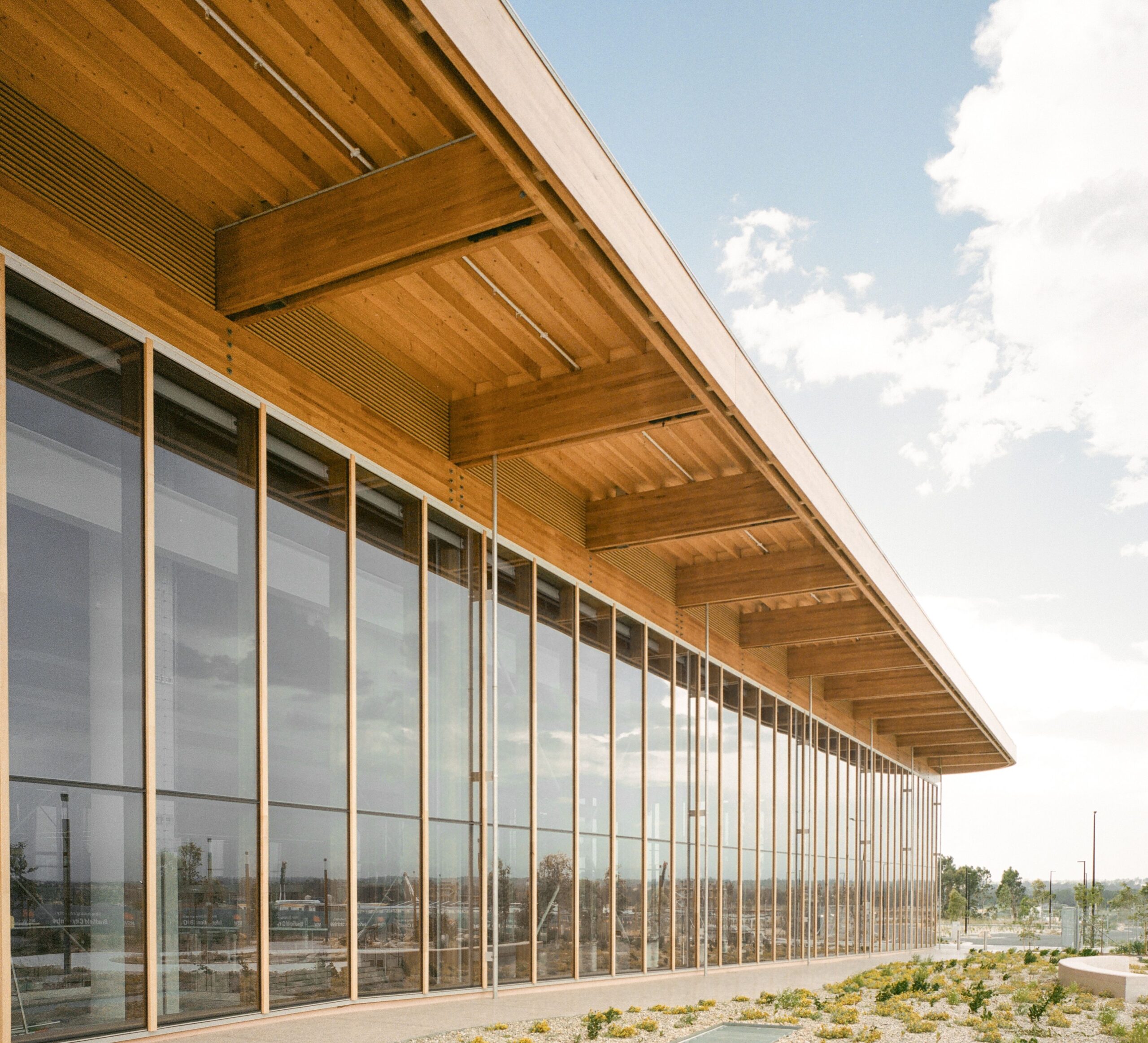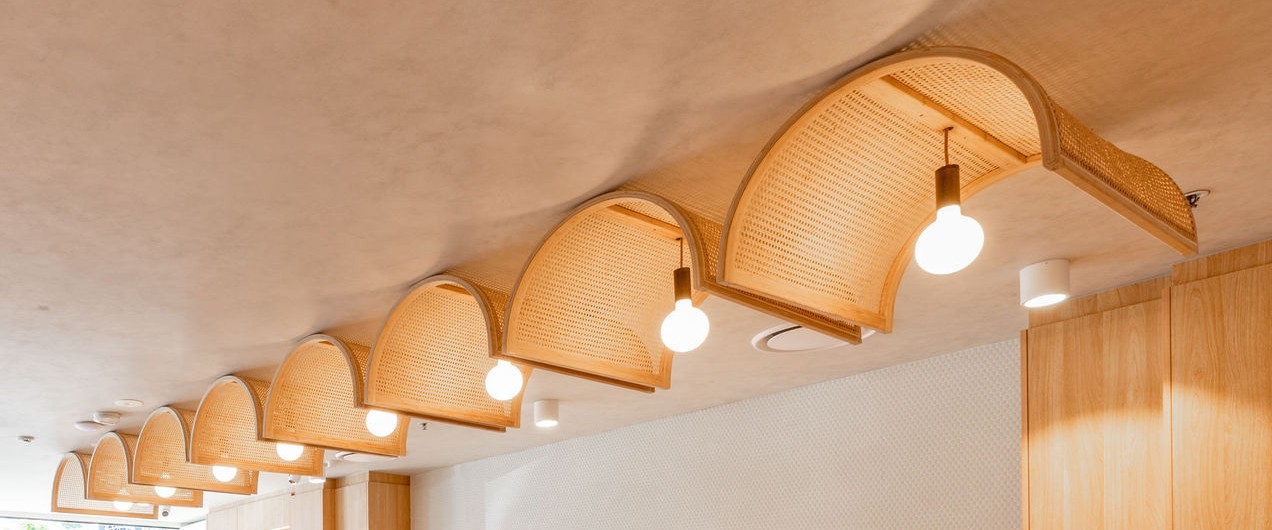Sustainability
Bamboo and the circular economy

- Build a sustainable future
Bamboo offers an eco-friendly solution to construction, design, and artistry. With its rapid growth rate and ability to sequester carbon, bamboo is a key resource in the circular economy. By choosing bamboo, you are contributing to a more sustainable future, reducing the world’s reliance on slower-growing timber and minimising deforestation. Embrace bamboo today to build a greener tomorrow, for your projects and for the planet.


Your Timber Alternative
Natural resources, especially timber, are disappearing at an alarming rate. Bamboo is the fastest-growing resource on the planet, ready for harvest in five to seven years. Its benefits far outweigh traditional hardwoods, which can take decades to mature and harvest. As part of a circular economy, bamboo provides a renewable, non-toxic material for everything from construction to home décor. Choose bamboo for a future that values both innovation and environmental stewardship.
- The benefits of Bamboo
than trees
than trees
- The benefits of Bamboo

Produces 35% more oxygen than trees

Absorbs 4x more carbon than trees

Fights soil erosion and restores biodiversity

Naturally regenerates

Ready to harvest in 5-7 years

Naturally resistant to termites

Ceritifications
Global Green Tag
Global GreenTag is one of the world’s most trusted and widely recognised eco labels. GreenTag independently assures that every product is fitness tested and certified under one of two leading certification programs, using the world’s best scientific methods.
The Declare Label
- Our Rated Products
House of Bamboo
Engineered Bamboo

House of Bamboo
Natural and Organic products

- Certifications














